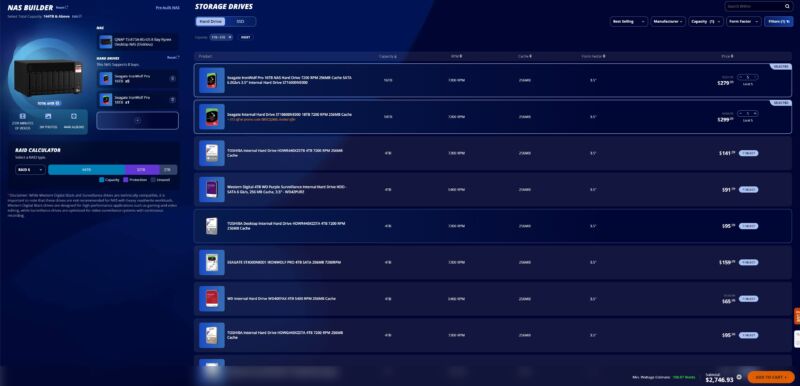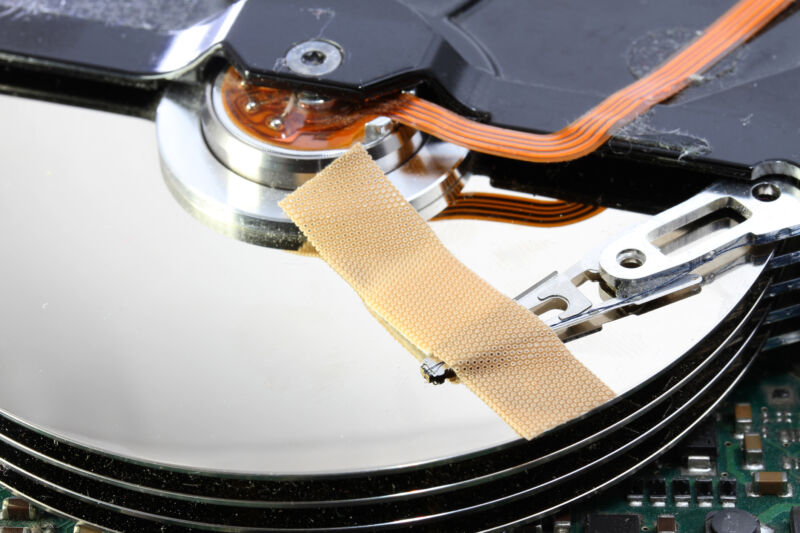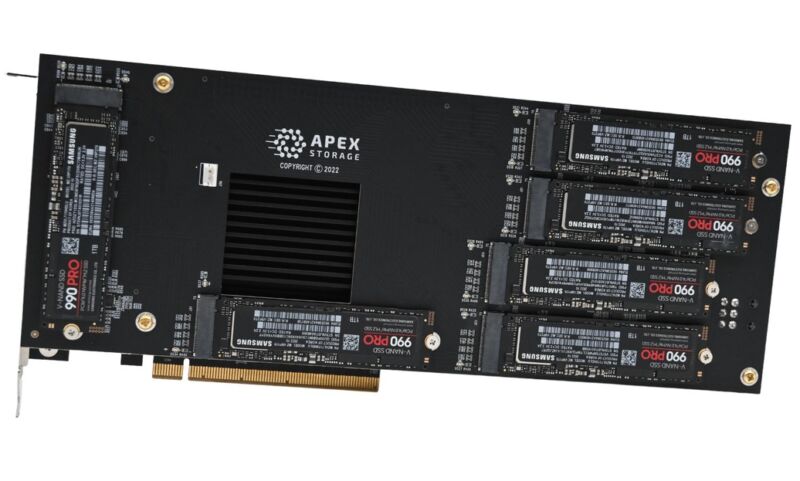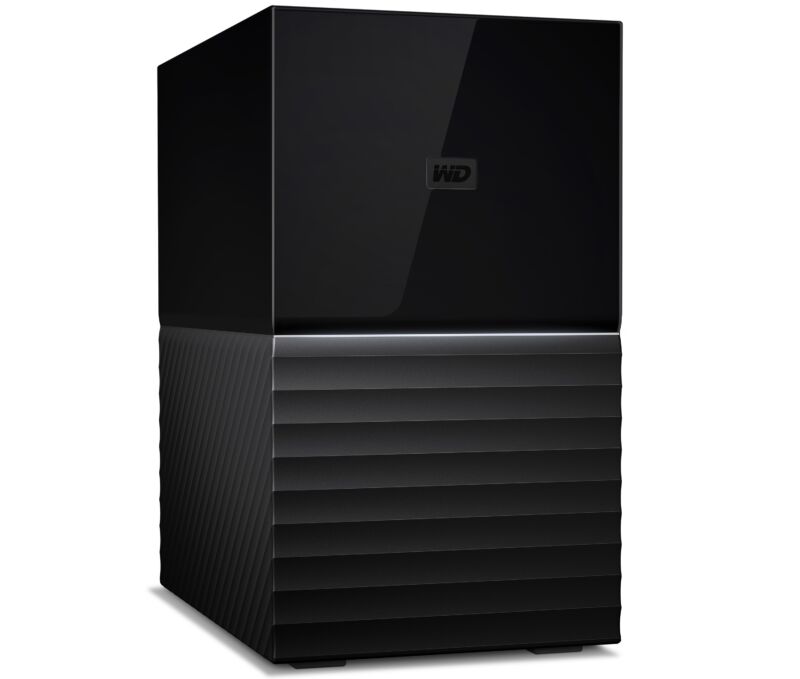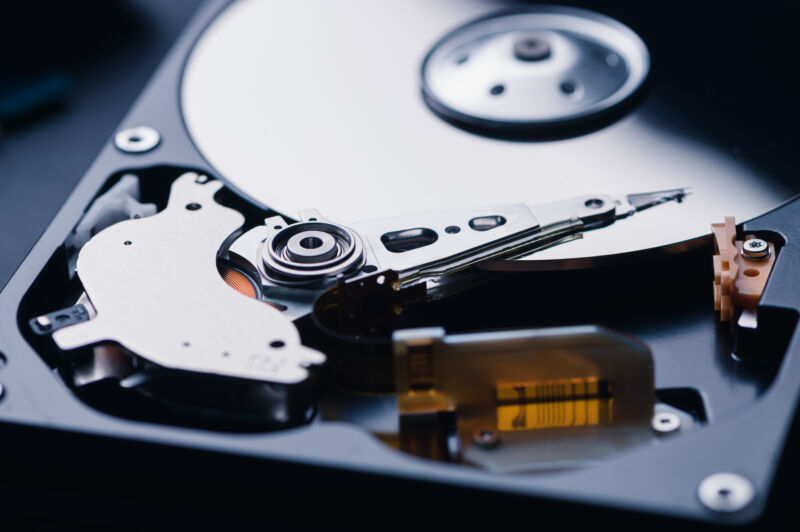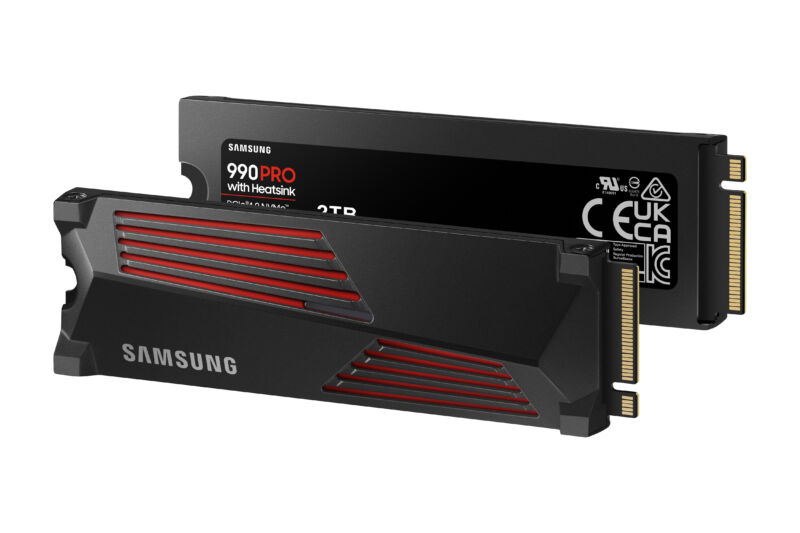-
 chevron_right
chevron_right
HDDs typically failed in under 3 years in Backblaze study of 17,155 failed drives
news.movim.eu / ArsTechnica · Thursday, 4 May, 2023 - 13:00 · 1 minute
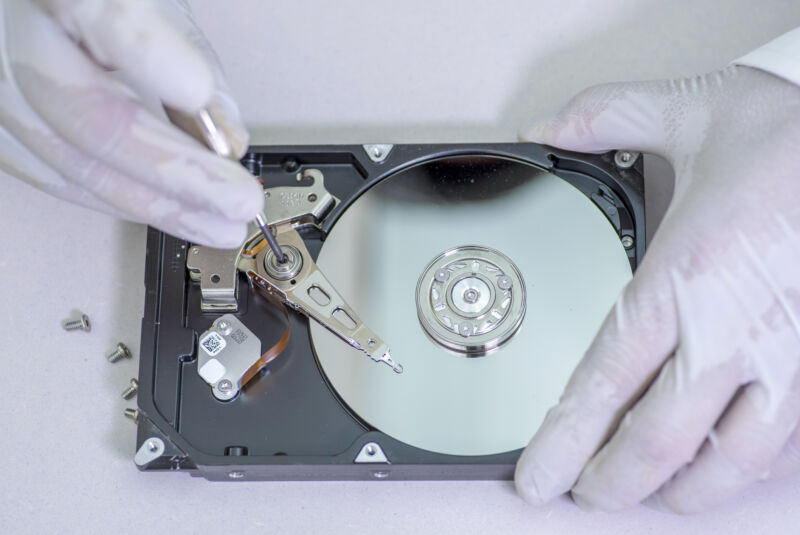
We recently covered a study by Secure Data Recovery, an HDD, SSD, and RAID data recovery company, of 2,007 defective hard disk drives it received. It found the average time before failure among those drives to be 2 years and 10 months. That seemed like a short life span, but considering the limited sample size and analysis in Secure Data Recovery's report, there was room for skepticism. Today, Backblaze, a backup and cloud storage company with a reputation for detailed HDD and SSD failure analysis, followed up Secure Data Recovery's report with its own research using a much larger data set. Among the 176,155 failed HDDs Backblaze examined, the average age at which the drives failed was 2 years and 6 months.
2 years, 6 months
Backblaze arrived at this age by examining all of its failed drives and their respective power-on hours. The company recorded each drive's failure date, model, serial number, capacity, failure, and SMART raw value. The 17,155 drives examined include 72 different models and does not include failed boot drives, drives that had no SMART raw attribute data, or drives with out-of-bounds data.
If Backblaze only looked at drives that it didn't use in its data centers anymore, there would be 3,379 drives across 35 models, and the average age of failure would be a bit longer at 2 years and 7 months.

